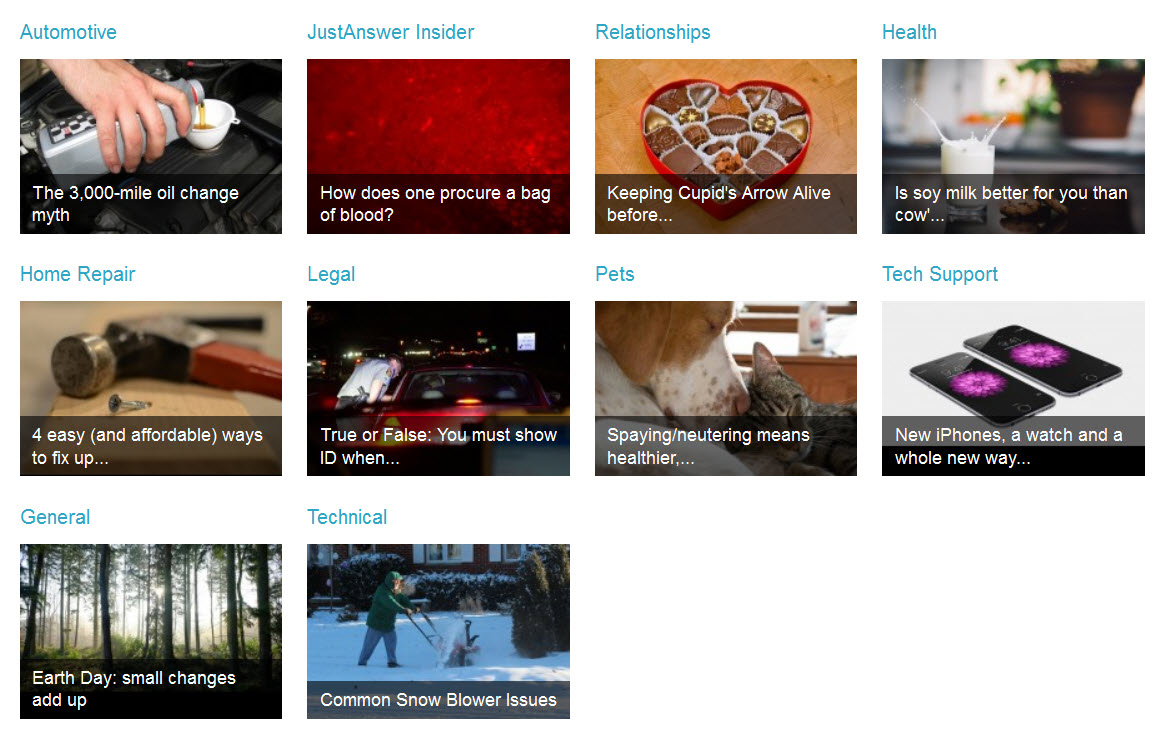User-Generated Content: How a payday loan company takes advantage of customer reviews
Customer reviews and testimonials can be a powerful source of third-party validation and credibility when added to an overall content marketing strategy.
Today’s MarketingSherpa Blog post looks at how one consumer marketer — in a business area that is potentially hostile to positive customer feedback — initiated a campaign to actively add customer reviews to its marketing mix.
Check ‘n Go is a payday loan company with a focus on short-term consumer lending with retail outlets going back almost 20 years and, more recently, an online option for loans as well. Farhad Rahbardar, Web Analytics Analyst, Check ‘n Go, worked with the company’s Analytics and Customer Acquisition Group. Rahbardar said the team wanted to begin using customer reviews in different touchpoints on the website. The team also wanted to aggregate those reviews through an independent third party to help build Check ‘n Go’s Google Seller ratings.
One initial challenge was internal concern about what sort of feedback customers might provide — or possibly even refuse to provide — given the reputation of the company’s business space. In fact, the company had already found that it couldn’t really get any sharing via social media platforms because, as Farhad said, “Customers are really not fine with sharing their experience getting a payday loan on any social media, which is understandable.”
In terms of asking for customer reviews, he said “We were hesitant about implementing this — the senior management here — just because there’s a stigma about short-term lending and we were unsure if we were going to receive anything positive.”
Begin collecting customer reviews
The team pressed on, chose a customer review vendor and implemented a process for collecting customer reviews. After someone secures a loan, they receive messaging that simply asks them to come back to Check ‘n Go and write about their experience.
“To our surprise, we started receiving really positive reviews,” said Farhad. “Nine out of 10 were either four star or five star. We had a lot of people who were really happy with the fact that we were able to help them.”
The first place Check ‘n Go began using these reviews was on its landing pages, and the team even tested different ways to display the reviews.












